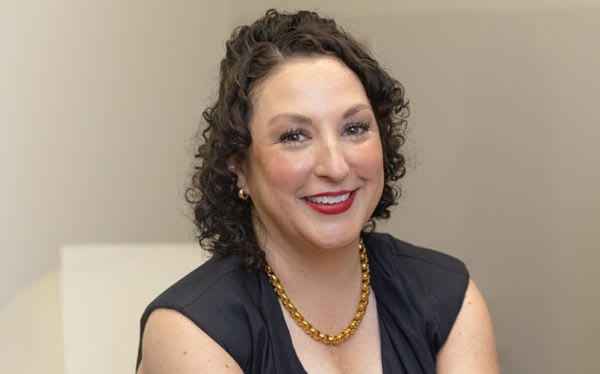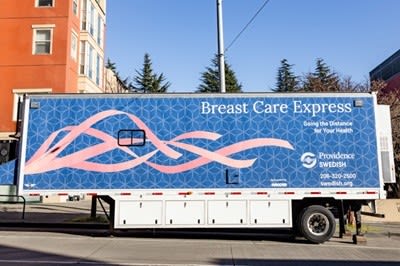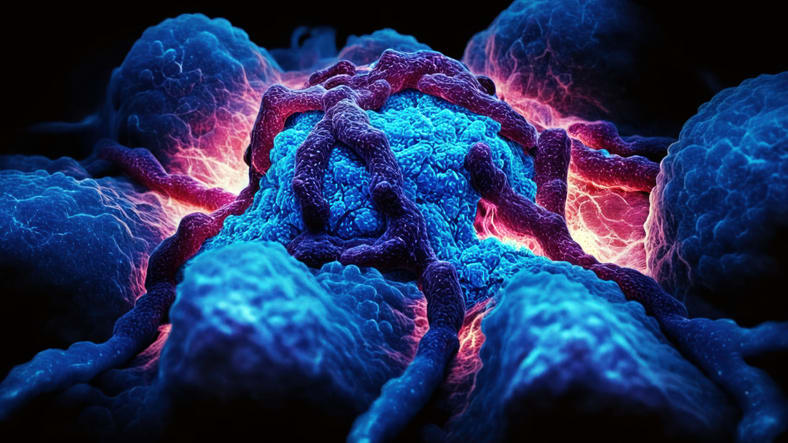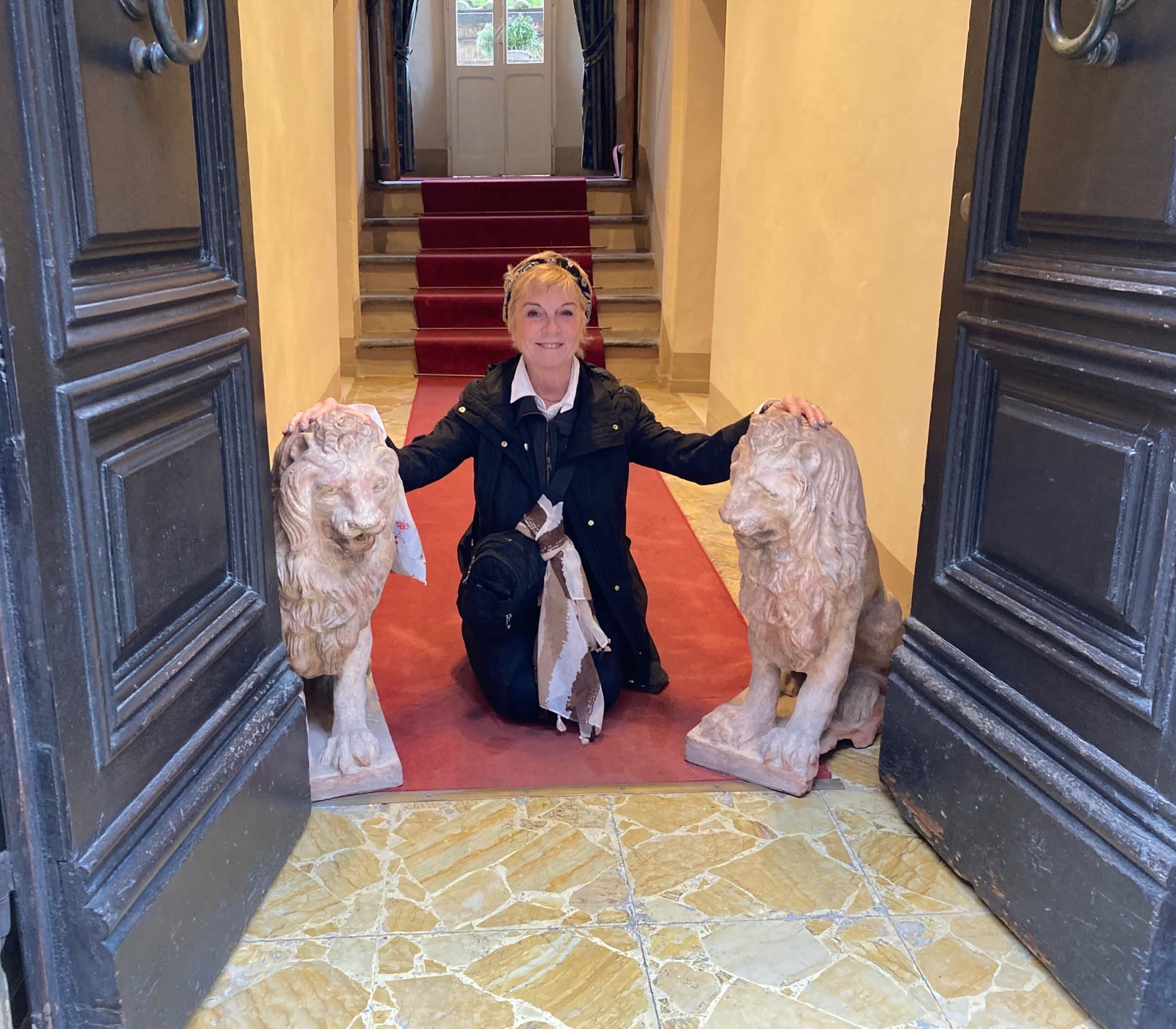Reconstructive Surgery
Board-Certified Plastic Surgeons
Many people who have a mastectomy choose breast reconstruction to restore their sense of self and confidence. At the Providence Swedish Cancer Institute, our board-certified plastic surgeons who are all fellowship trained and specialize in breast reconstruction provide options tailored to your diagnosis, preferences, and personal goals.

Treatment Overview
Breast reconstructive surgery restores the shape and appearance of your breast after a mastectomy. In some instances, you can elect to have reconstructive surgery during the same surgery as your mastectomy. In others, you might need to, or even choose to, wait until a later time.
At the Providence Swedish Cancer Institute, we offer two main approaches to breast reconstructive surgery:
- Implant-based reconstruction involves placing a breast implant under the skin or muscle
- Tissue-based reconstruction, such as flap procedures, involves transferring tissue from another part of the body to reconstruct the breast
Our compassionate surgical team works with you to help you understand your options, timing, and personal goals, so you can make the decision that’s right for you and your health.
What to Expect
At the Providence Swedish Cancer Institute, we’ll guide you through every phase of your breast reconstruction — from planning and preparation to recovery and follow-up. Our team brings deep expertise and compassionate support to help you heal physically and emotionally, with care that’s tailored to your needs.
About a week before surgery, we'll schedule a pre-admission visit to:
- Assist with any remaining pre-surgical lab work or tests
- Review what will happen during your surgery
- Explain potential side effects
- Discuss medications and post-surgery care, including in-home help or equipment if needed
You'll receive information to prepare for your hospital admission. If you have any questions after your pre-admission appointment, you can reach out to your nurse or care coordinator, who will be happy to help.
Immediately following reconstructive surgery, you’ll experience some swelling, bruising, and discomfort at the surgical sites. Your healing time will vary based on your procedure, but you’ll likely need to limit certain activities like strenuous exercise, heavy lifting, for at least six weeks.
As your swelling goes down and your range of motion improves, your care team will continue to help you adjust to any physical changes.
Your surgeon and care team will help you choose a reconstruction approach that feels right and supports your long-term goals.
- Implant-based surgery could mean a quicker recovery because it’s a less invasive procedure.
- Tissue-based reconstruction is more invasive, but it could provide a more natural feel because the transferred tissue is your own.
Beyond restoring the shape and symmetry of your breast, reconstruction can help you move forward with greater confidence.
As with any surgery, there are risks, including:
- Infection
- Bleeding during or after surgery that requires drainage
- Complications related to anesthesia
- Asymmetry
- Thickened scars
Your care team will talk with you about these risks, answer your questions, and help you make an informed decision that aligns with your goals.
You’ll have several follow-up appointments after your procedure for the first few weeks. This helps us monitor your healing and manage any complications. As time goes on, your appointments will be less frequent, but regular checkups are required so that we can continue to manage any of your ongoing treatment needs and watch for any signs of recurrence.
Services are also available to help you through every treatment stage.
Learn more about our supportive care services.
Swedish Plastics and Aesthetics
The Swedish Plastics and Aesthetics team specializes in reconstructive care for breast cancer patients, offering advanced surgical options designed to support healing, restore confidence, and honor your personal goals.

Frequently Asked Questions
Your recovery time depends on which type of surgery you have:
- Implant-based reconstruction can be done on an outpatient basis.
- For some tissue-based reconstructions, you could be in the hospital for 3- 5 days.
Some patients can return to their regular activities within a few weeks, while others may take longer. Your doctor provides you with a detailed recovery plan, including instructions for managing your pain, follow-up visit details, and any restrictions on activity, such as exercise and driving.
Tissue-based reconstructive surgery, such as flap procedures, involves transferring tissue from another part of the body to the breast, so it is a more complex and invasive operation than implant-based reconstructive surgery. This typically results in a longer recovery time since you have more surgical incisions and need to heal in multiple places.
Surgery can leave scars. The extent of scarring and its visibility depends on the type of surgery that you have. Your care team can talk to you about any concerns, including options for reconstructive surgery, if suitable, and ways to improve scar healing and appearance.
Yes, many patients choose immediate reconstruction, and the process is initiated during the same surgery as their mastectomy. This includes the placement of a tissue expander or a permanent implant under the skin or muscle. Whether this is right for you depends on your diagnosis, body type, and health history. Your surgical team will work closely with your reconstructive surgeon to create a plan that supports your goals and overall recovery.
Our expert microvascular surgeons offer autologous reconstruction, which uses your own natural tissue — often from your lower belly — to rebuild the breast without implants. This is called a deep inferior epigastric perforator (DIEP) flap. Using your own tissue can offer lasting results, fewer long-term concerns, and a natural way to help you feel like yourself again.
Yes. If you’re having a lumpectomy, our plastic surgeons offer oncoplastic reconstruction to help reshape your breast and restore a natural appearance. We can use your own tissue to fill the space where cancer was removed and may also reduce or lift the breast to help improve symmetry. This is called an oncoplastic reduction. If needed, we can reshape the other breast too, so you look and feel balanced, confident, and comfortable moving forward.
We provide a full range of supportive care services to support you during and after your cancer treatment. Some of these services include:
- Art therapists
- Cancer rehabilitation (onco-physiatry)
- Care coordinators
- Genetic counseling (cancer geneticist)
- Health educators
- Medical massage (edema, lymphedema management)
- Music therapist
- Naturopaths
- Nutritionists
- Oncology nurses
- Social workers
- Speech and language pathology
We can also help with finances, food, transportation, and other challenges for eligible patients through our patient assistance fund.
See the full list of supportive care services.
Note: Some services are provided by local partners and vary based on location. Please contact your clinic for more information.
News & Info From Our Experts



